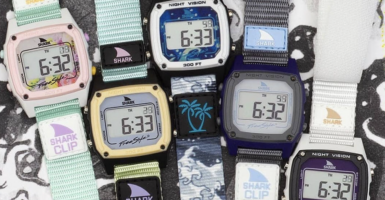Technologies That World War II Brought To The World
World War II was an unprecedented global conflict that brought more destruction throughout the world — especially in Europe — than any conflict to scar the planet before or since. However, life is always a cycle of destruction and creation to some extent, and even that terrible time for humanity was no exception.
In order to gain a competitive edge on the enemy, the world’s nations all researched new technologies. Although some of them weren’t quite ready to make a difference during the war itself, all of them would have their own impacts on the world after it was over.
A Radio System That Would Evolve Into Wifi One Day

According to the National Women’s History Museum, Hollywood star Hedy Lamarr applied her brilliant technical mind to a revolutionary new technology when it was clear that America was about to enter the war. After teaming up with George Antheil in 1940, she developed a radio communication system that increased guidance precision with a technique called “frequency hopping.”
She had intended to use this technology as a guidance system for Allied torpedos but the Navy showed little interest in it at the time. Nonetheless, her wireless invention would prove foundational for GPS systems and wireless internet connections, which is why Lamarr is sometimes called the “mother of Wi-Fi.”
Fighter Jets
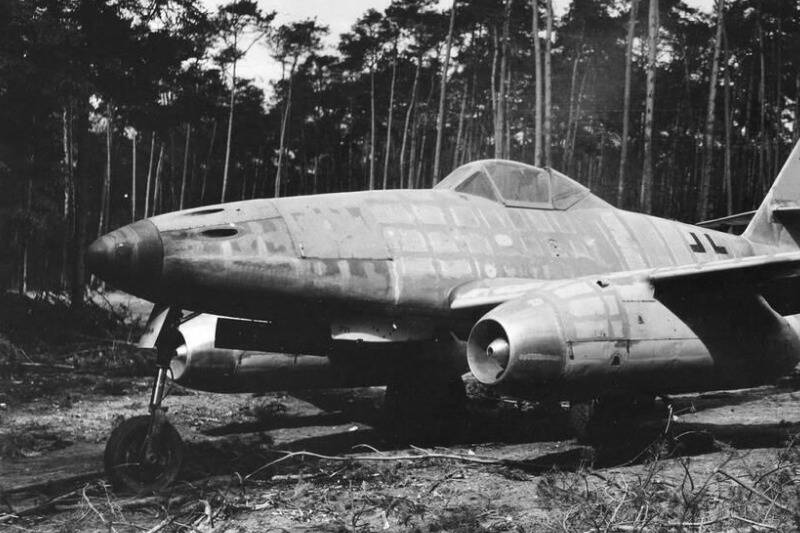
Although they proved to be too little too late for a German war machine that was swiftly running out of resources, fighter jets were used in the nation’s air force after the Messerschmitt Me 262A was developed in 1942.
Although the USAF National Museum noted that the jets proved highly effective against Allied bomber formations, fewer than 300 actually saw action. This was partially due to widespread Allied destruction of them while they were still on the ground but there was also a shortage of oil and trained German pilots during the war’s latter years.
Microwaves
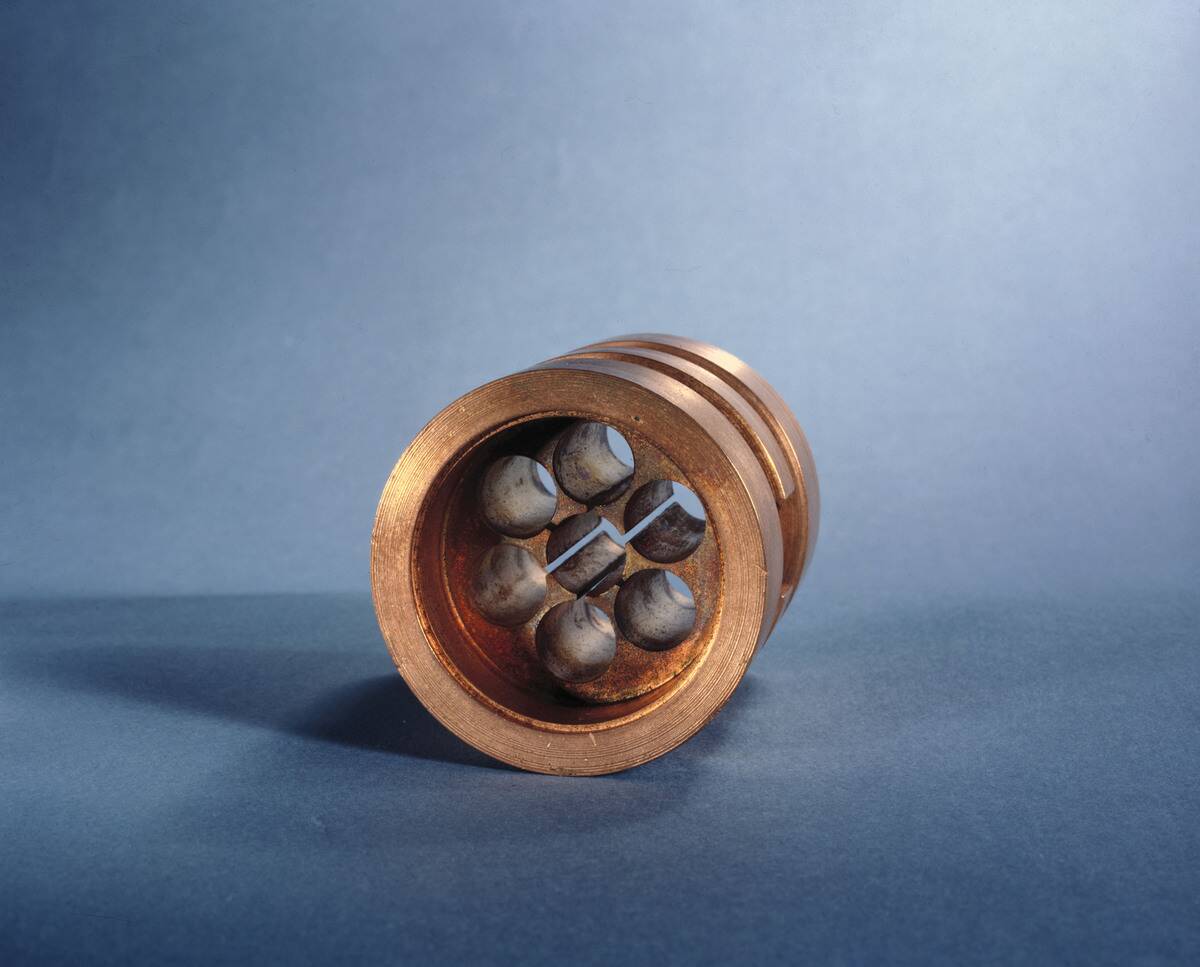
While it’s true that microwave ovens didn’t become commercially available until 1946, the concept existed right as the war was wrapping up and the technology behind them helped Allied forces win the war. And it all started with the device pictured here.
According to the National World War II Museum, this is a cavity magnetron and it was the first device to generate microwaves. Although this was initially used to improve radar technology, American engineer Percy Spencer also discovered that the microwaves could be used to efficiently cook food. Allegedly, a candy bar that melted after exposure to microwaves inspired this discovery.
Meteorology
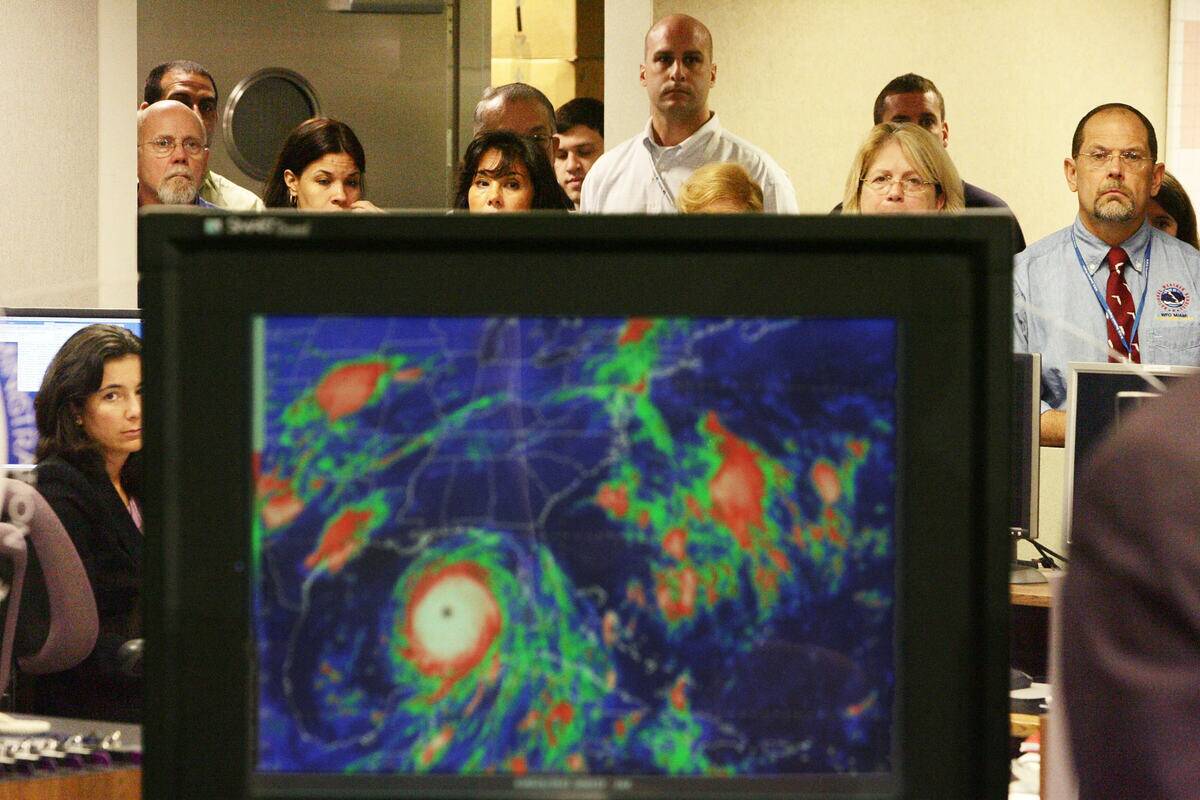
Whenever a meteorologist on the news analyses a graphic like this for their TV weather reports, they’re making use of radar technology that was refined during World War II. According to the National World War II Museum, it wasn’t long after the war that radar started to be used in weather forecasting.
As early as the 1950s, that radar technology became one of the leading ways that meteorologists tracked rainfall patterns and storm systems to judge the areas most likely to be affected by extreme weather events like hurricanes. Of course, similar principles applied on a more mundane day-to-day basis as well.
Nuclear Weapons
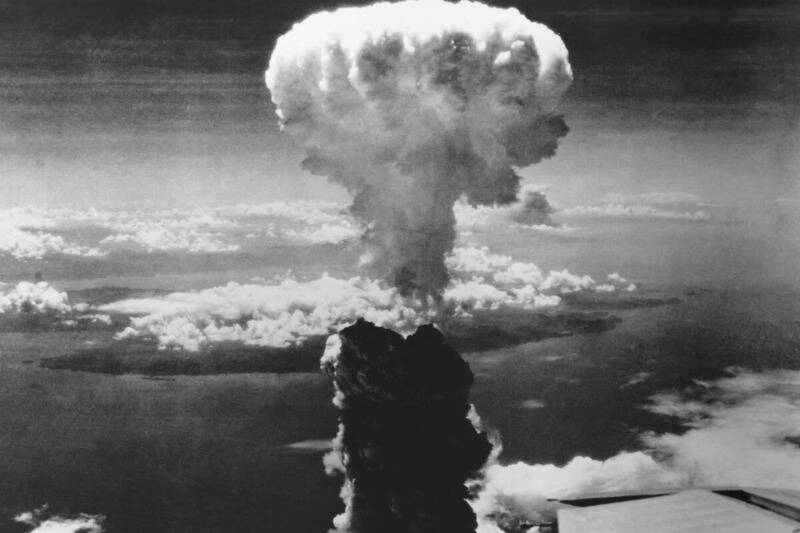
Although the matter of how much the destruction of the Japanese cities of Hiroshima and Nagasaki affected Japan’s decision to surrender at the end of World War II will always be debated, there’s no denying that the existence of nuclear weapons changed the character of society after the war.
Indeed, it wasn’t long after World War II ended that tensions between the United States and the Union of Soviet Socialist Republics would escalate into a Cold War characterized by the nuclear arms race. For decades at a time, the possibility that the world could end in nuclear fire was considered a clear and present concern.
Electronic Numerical Integrator And Computer
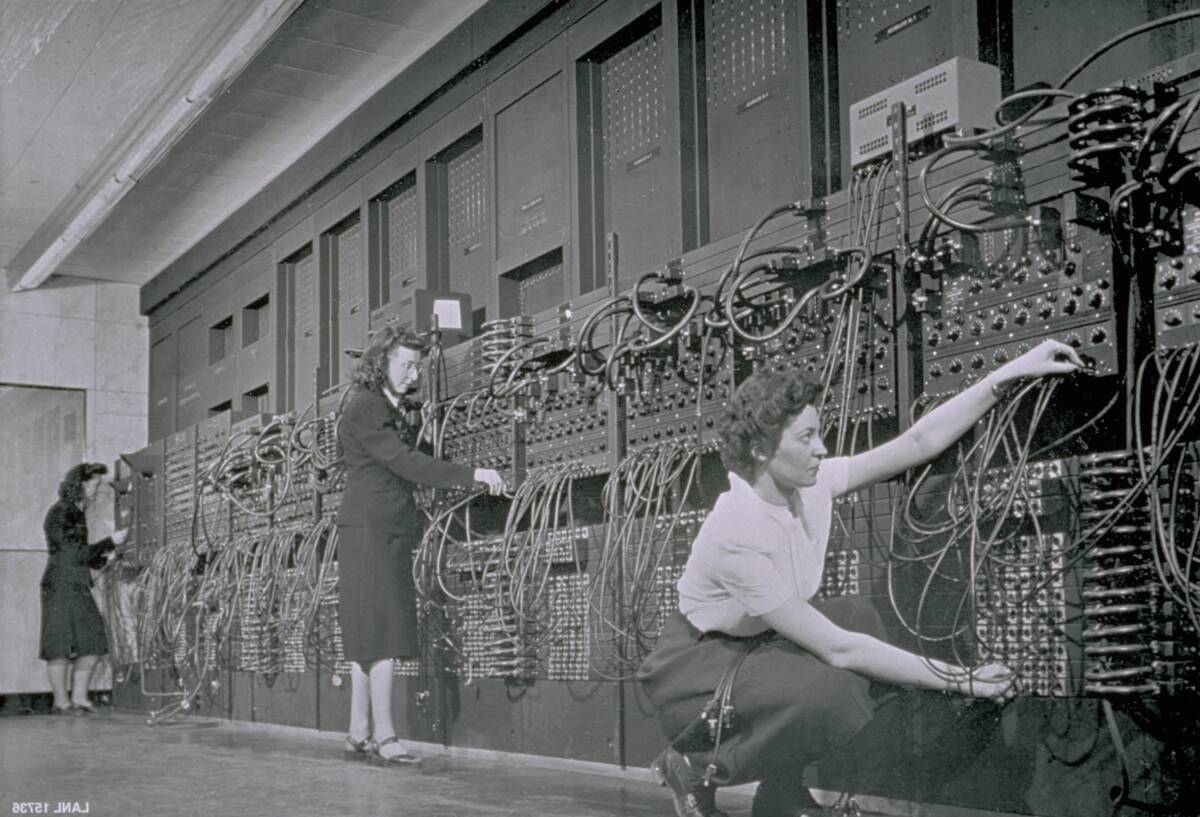
Although computer technology has technically existed since the 19th century thanks to Charles Babbage and Ada Lovelace, the rudimentary foundation for modern computers came in 1945 with the creation of the Electronic Numerical Integrator And Computer (ENIAC) system. Although it was certainly more limited than modern computers, it was capable of thousands of calculations per second.
Since it was completed in the last year of the war, it didn’t have much time to affect it. However, the U.S. government released ENIAC to the general public in 1946 for civilian purposes. According to the National World War II Museum, it didn’t have many early adopters because it took up 1,500 square feet and cost $400,000 ($5.3 million today) but it was a start.
Cruise Missiles
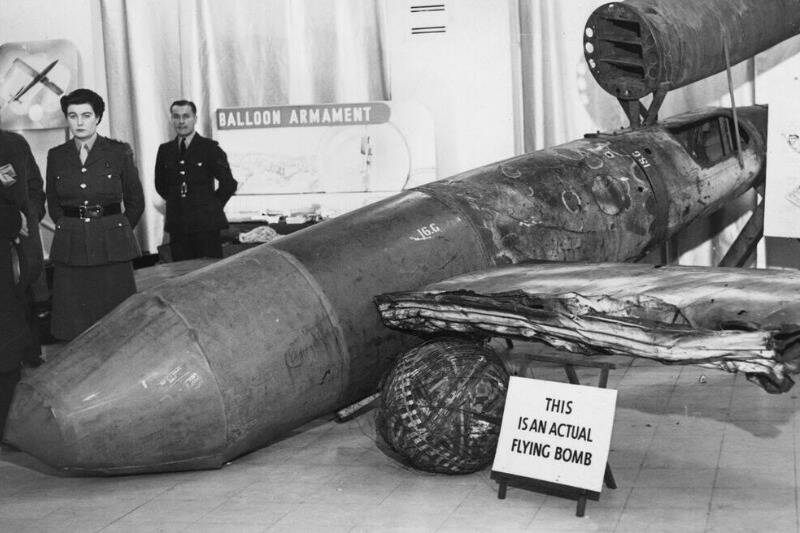
As this British exhibit of a recovered German V-1 rocket made clear, the concept of a cruise missile was such a revolutionary concept in World War II that the term didn’t even exist yet. Self-propelled and guided, the V-1 rocket was intended to make precision strikes over long distances.
Yet, while the concept would be fearsome when further developed by other nations after the war, the Smithsonian’s National Air And Space Museum noted that reordered British anti-air defenses were able to account for any challenge the V-1 presented during the war.
Ballistic Missiles

After the development of the V-1 rockets, the German Army developed a secret supersonic weapon that would be modified and refined by other nations after the war into what we now recognize as ballistic missiles. These rockets were not only quick enough to evade any available defenses in 1944 and powerful enough to be launched into space, but packed with enough explosives to leave massive craters where they hit.
Although that makes them sound like they could have turned the tide of the war, the Smithsonian’s National Air And Space explained that they were far too inaccurate and unreliable to make much of a difference at the time. As such, it wasn’t unusual for them to fail in mid-air or uselessly explode in random countrysides.
Flu Vaccines
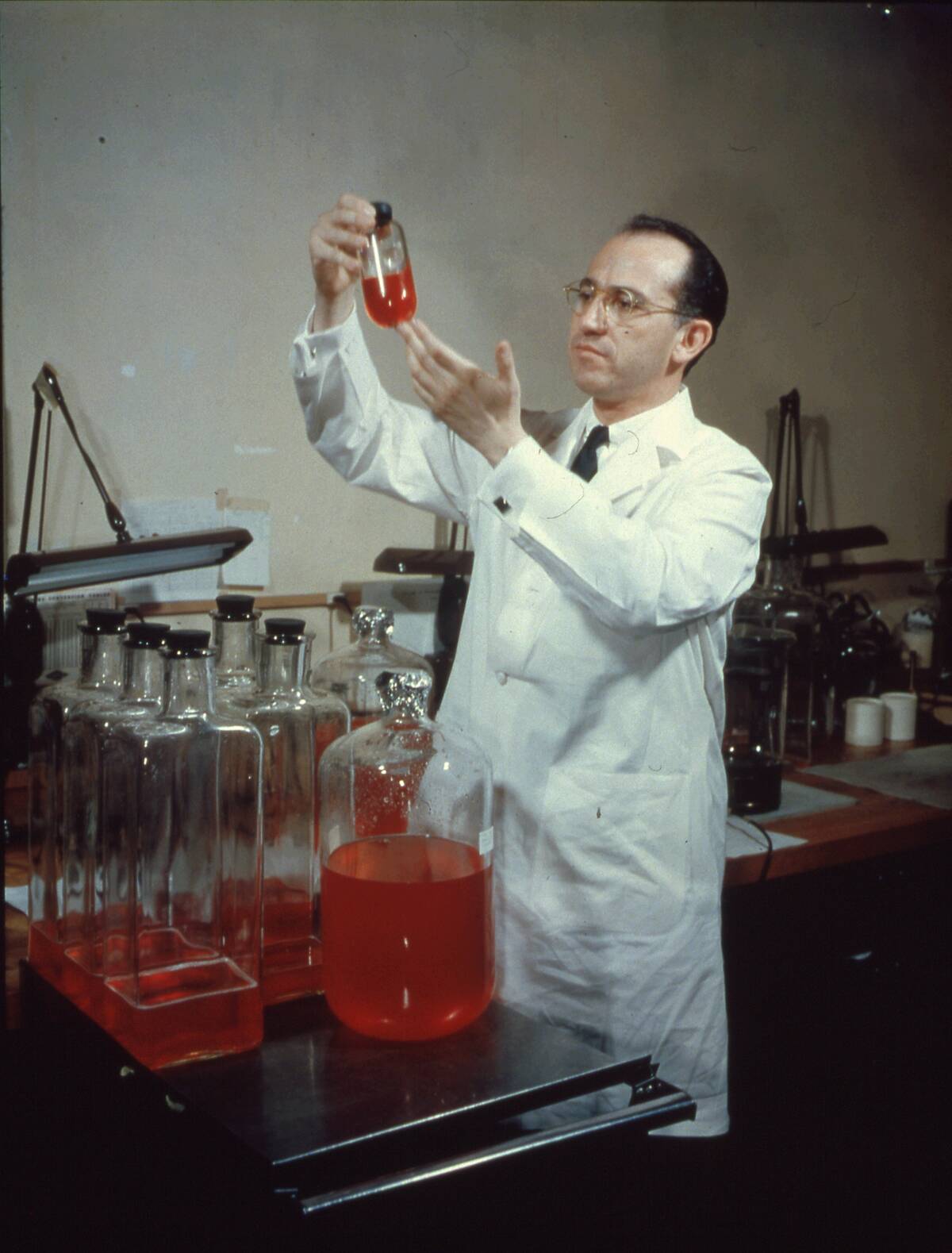
Although Jonas Salk (pictured) would be world renowned for his groundbreaking research in developing a polio vaccine by the 1950s, he was also instrumental in the development of a flu vaccine during the war. Since influenza had severely hampered international war efforts during World War I, it was a major priority for the Allies.
According to the History Channel, the vaccine was ready right as the war was ending, as the U.S. government approved it for military use in 1945 and then for civilian use in 1946. As the decades vent on, protection via the flu vaccine would become routine.
Reconstructive Surgery
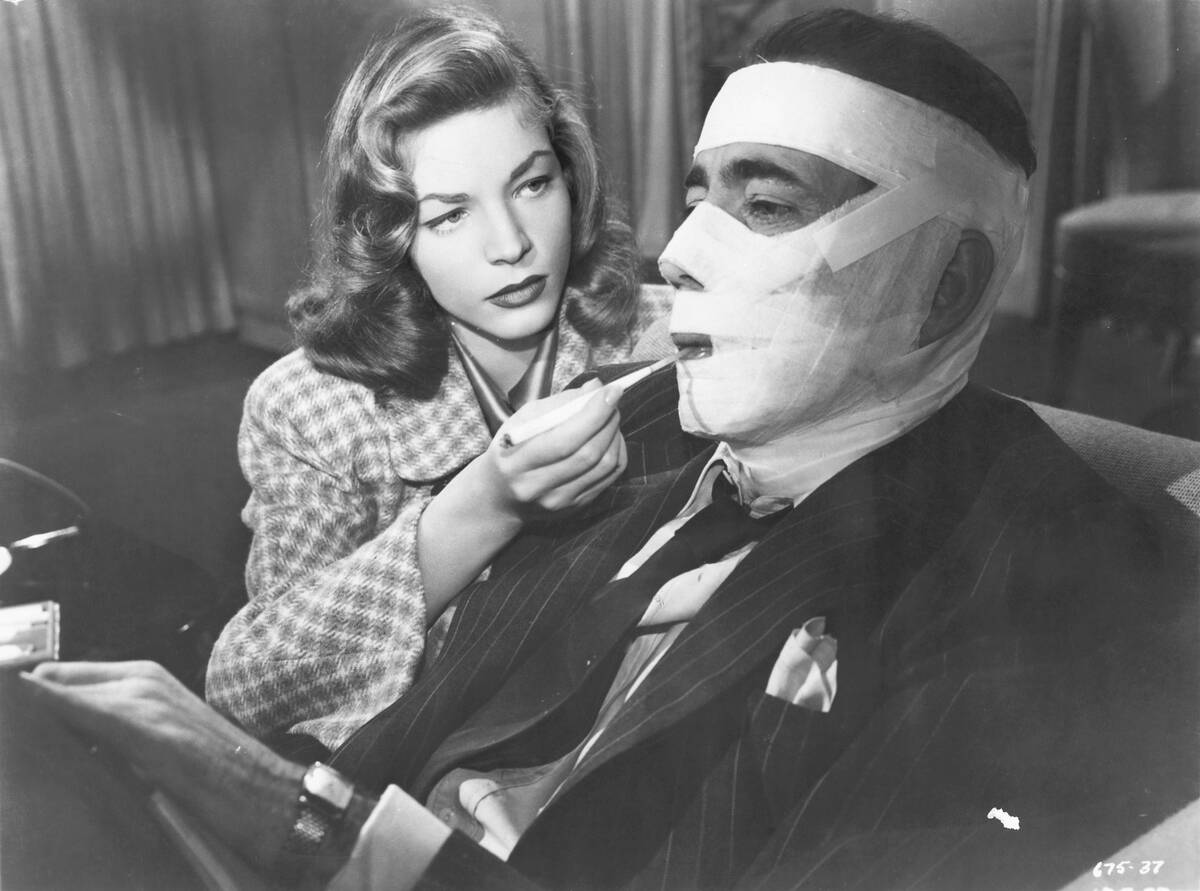
As a 2023 study in the Annals Of Surgery Open journal outlined, plastic surgery techniques and advancements developed in leaps and bounds as a direct response to the horrors of both world wars. Yet, while Vilray P. Blair pioneered cosmetic surgery techniques after World War I, his follower James Barrett Brown would develop techniques we recognize today during World War II.
The study’s authors credited him for refining skin grafts in particular, as the delayed transfer of skin, muscle, and fat — which make up “pedicled flaps” — and split-thickness skin grafts were among his innovations.
Penicillin
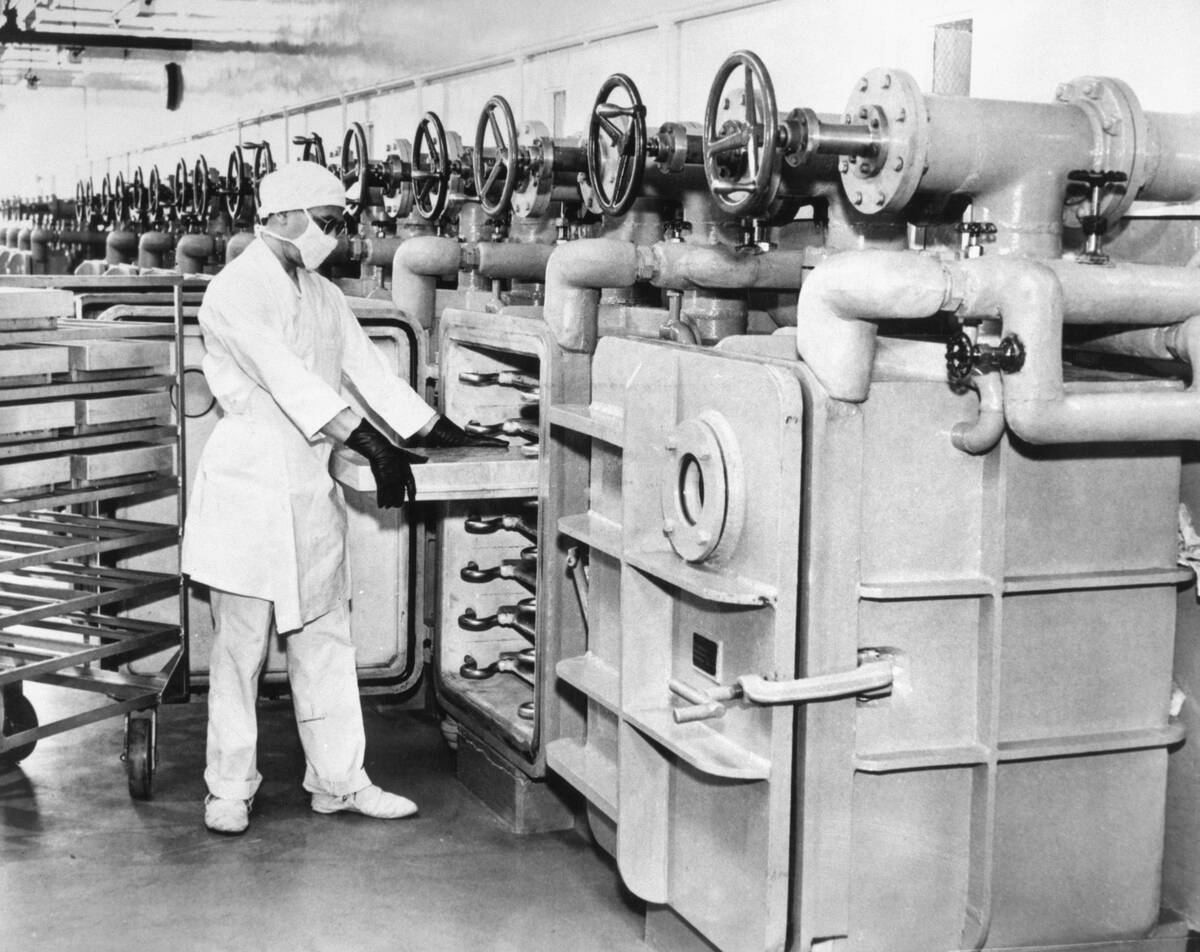
Although the discovery of penicillin long predates World War II, it wasn’t until the ’40s that Alexander Fleming’s landmark findings from 1928 led to a practical application. Although the History Channel noted that Fleming considered the bacteria-killing mold difficult to purify and stabilize, Oxford University chemists set out to do exactly that as World War II loomed in 1939.
Their work would prove successful, as the resulting medicine was ready for human trials in 1940 and began seeing use outside of lab environments by 1942. Today, it’s a go-to antibiotic, at least for those who aren’t allergic to penicillin.
Blood Plasma Transfusions
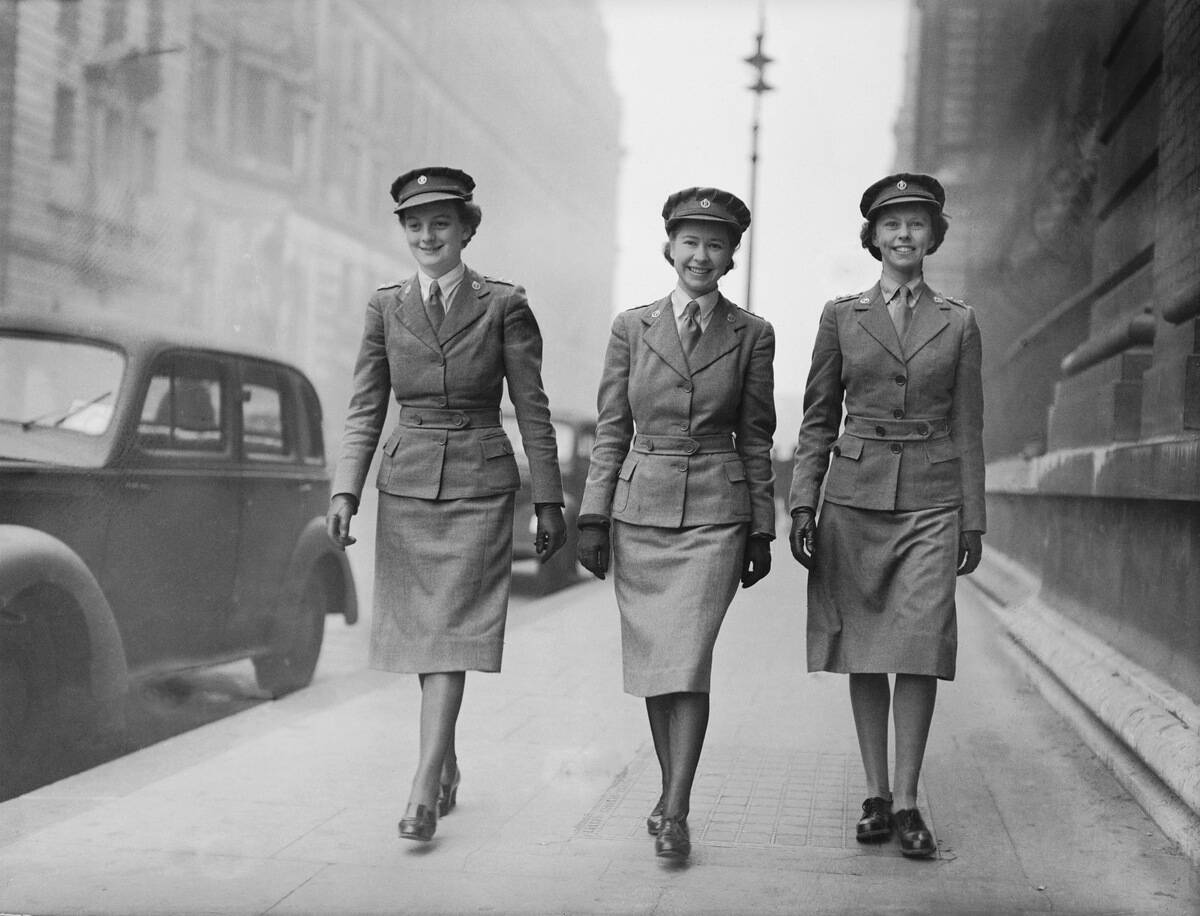
Although blood transfusions are older than the 20th Century, the the more specific technique of extracting blood plasma arose from the work of an American surgeon named Charles Drew during the war.
As Rob Wallace from The National WWII Museum told the History Channel, “They developed this whole system where they sent two sterile jars, one with water in it and one with freeze-dried blood plasma and they’d mix them together.” Since blood type wasn’t such a relevant consideration for blood plasma transfusions, it was ideal for the battlefield.
Gramicidin S
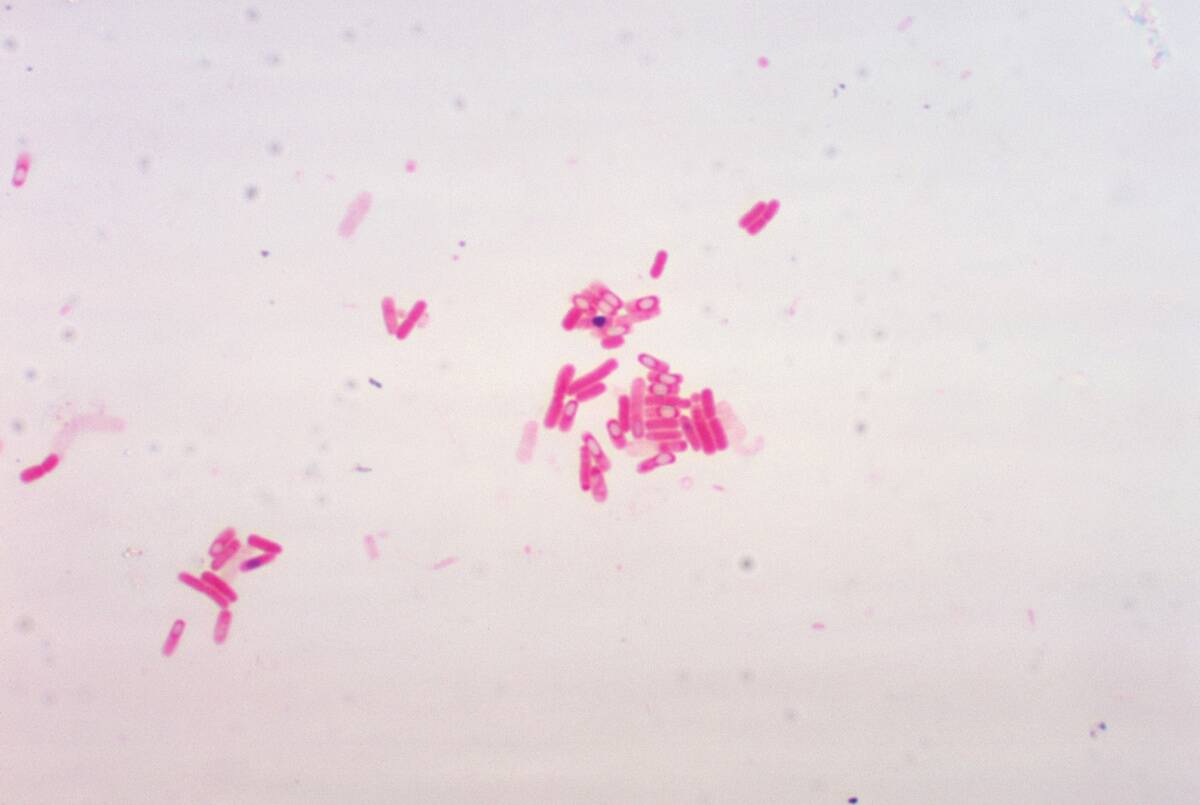
Although it may be more famous, penicillin wasn’t the only antibiotic developed during World War II. Discovered by Georgyi Frantsevitch Gause and his wife Maria Brazhnikova in 1942, Gramicidin S would become a lifesaving medication among Soviet field hospitals before the year was out.
In a 1944 article from Nature, Gause and Brazhnikova would share their findings with the world. Gramicidin S — the S standing for “Soviet,” of course — would be developed as a topical solution for the treatment of infected war wounds. Both he and British researchers would refine his work to affect new bacteria strains after the war.
Superglue
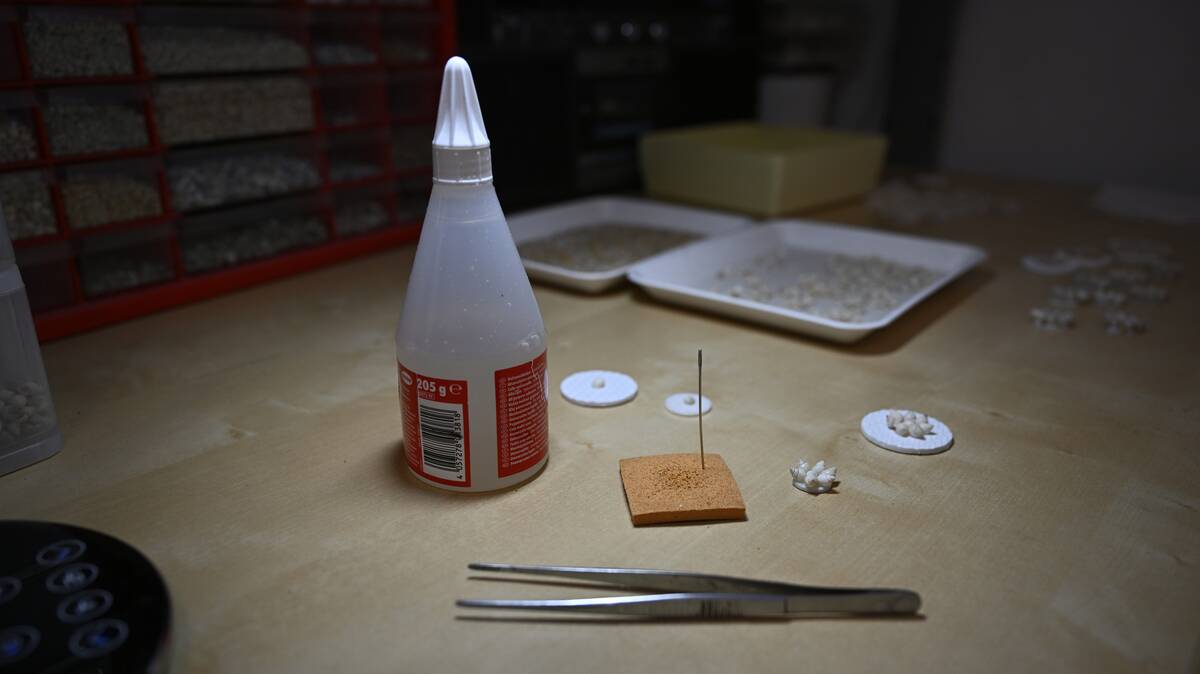
Although it wouldn’t be hard to see the military applications superglue could have in World War II, the Military Times explained that none of them were intentional. As it turned out, Dr. Harry Wesley Coover was trying to make clear plastic gun sights but accidentally created a new compound in the process.
Since this compound was considered far too sticky for the application he was seeking out, he discorded it until he rediscovered his accidental compound during the ’50s and saw its potential as a strong adhesive.
Pressurized Cabins
![[Vickers Wellington]](https://media.tellmebest.com/wp-content/uploads/2025/05/vickers-wellington-95752.jpeg)
Modern air travel wouldn’t be possible without pressurized cabins but according to Aerospace company BAE Systems, that concept was still experimental by 1941. Although the Royal Air Force ended up emphasizing different plane designs throughout the war, their engineers did figure out how to develop pressurized cabins.
These were the key to high altitude travel and were included in the Mark VI variant of the Vickers Wellington. Less than 70 models with pressurized cabins were developed during the war, but the technology would certainly catch on when it was over.


